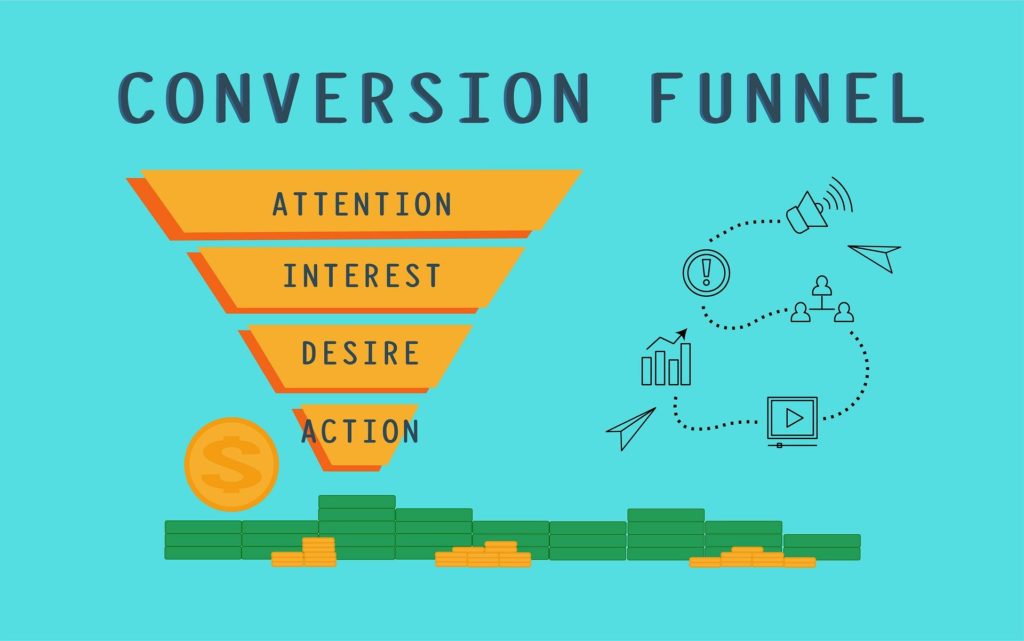30-second summary:
- To convert bottom-funnel prospects, must combine data-backed remarketing with product experience demonstrations, exclusive offers, and relevant upsell opportunities. The first one determines who you should target while the rest three explain how to target them.
- Dynamic remarketing on (Facebook and Google) allow you to target prospects who have previously visited your website or app with a call-to-action to make an immediate purchase.
- Product demos, customer reviews, testimonials, etc. work best when they are personalized, showing how your product can help a prospect overcome similar problems that they may be facing.
- Use special offers and discounts as last-minute nudges to convert prospects.
- Pre-purchase cross-selling/upselling can work well if you apply non-aggressive strategies.
The toughest prospects lie at the bottom of the marketing funnel. The lowest rung is the stage where prospects take the action of conversion. That makes it a hot battleground. At that stage, the prospect is already aware of all their options. Marketing to them is a matter of conviction, giving the last nudge that leads them to make a purchase decision in your favor. There are no sales if you can’t convert bottom-funnel prospects.

The further down the funnel a customer goes, the more you should position your product as the utmost solution that they need. For this, you must combine remarketing with product experience demonstrations, exclusive offers, and relevant upsell opportunities. The first one determines who you should target while the rest three explain how to target them.
1. Remarketing/Retargeting ads
The entire idea behind remarketing is to recapture the interest of brand-aware sales prospects and convert them the next time around. It’s the perfect BOFU[2] strategy, and it works best for ecommerce stores. It’s not as easy as it seems, though.

